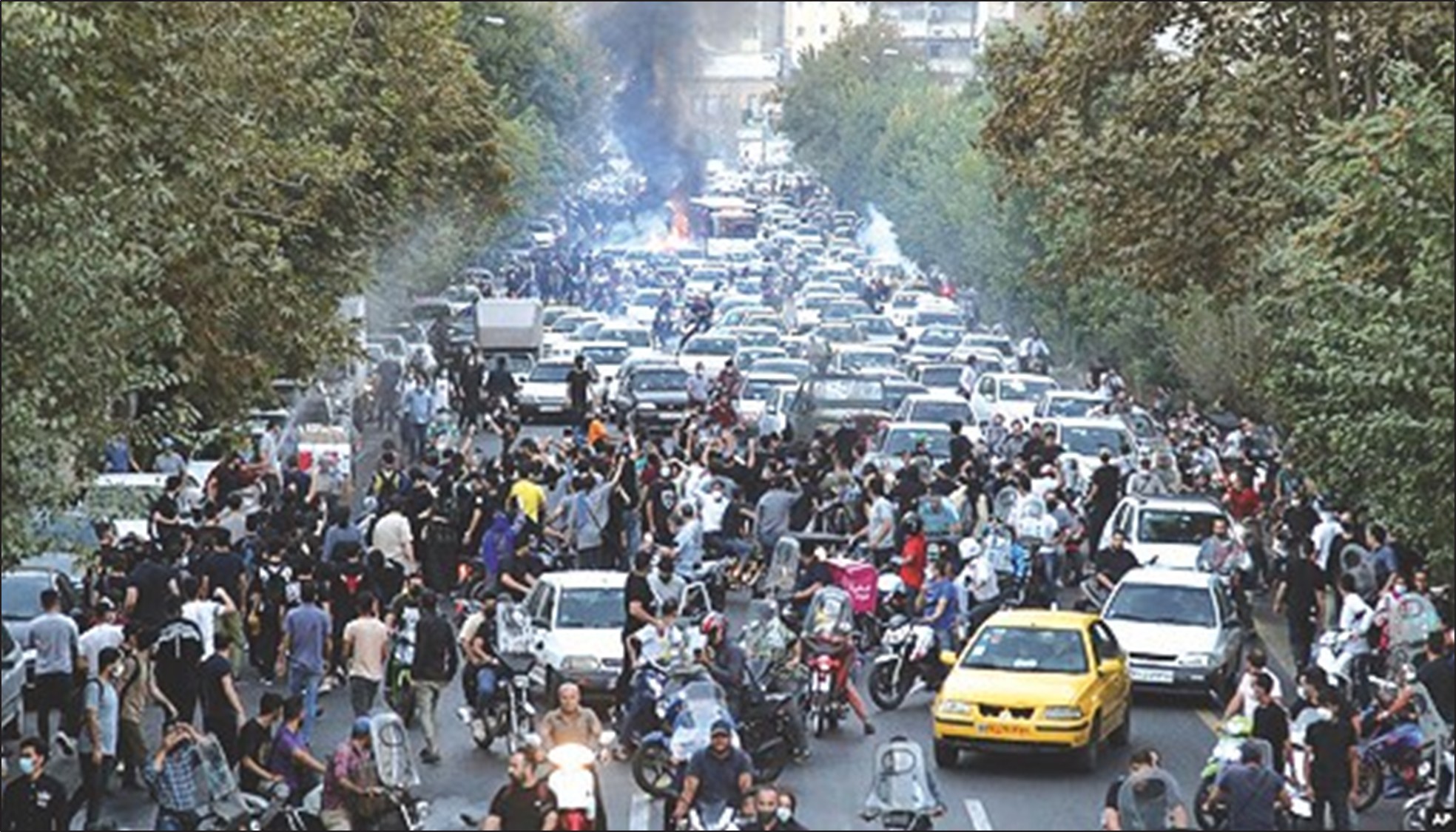December 12, 2014
By Robin Wright
The enemy of our enemy may not always be our friend. But when it comes to fighting Islamic State, even an old rival has become a de facto ally: Both the United States and Iran are bombing ISIS targets in Iraq.
And, in one of the oddest turns of the new war, the Iranians are using American warplanes to bomb ISIS targets–vintage F-4 Phantoms sold to the monarchy before the 1979 revolution, according to analysis of video by Jane’s Defense Weekly. The Iranian airstrikes began late last month in eastern Diyala province, the ISIS-held area closest to the Iranian border.
Equally striking, in another sense, was the summit of 60 nations Wednesday in Brussels to develop a joint road map in confronting Islamic State, also known as ISIS or ISIL. Top officials came from as far away as Australia, Iceland and Korea. But Iran, which shares a 900-mile border with Iraq, was not invited.
The Saudis have been particularly insistent that Iran, a rival for hegemony in the Persian Gulf and in the Islamic world, is not included in diplomatic efforts on either Iraq or Syria.
Tehran is the conundrum in developing a viable strategy against ISIS. The 60-nation coalition does not want to deploy troops in Iraq or Syria to fight ISIS. But Iran has—openly. Since Islamist militants began seizing territory in June, Iran played a pivotal role in aiding the two Kurdish pesh merga militias and the three Shiite militias that have fought ISIS on the ground after four battalions of the U.S.-trained Iraqi army disintegrated in June. Although it once supported Iraq’s former prime minister, Nouri al-Maliki, whose autocratic and sectarian rule created today’s crisis, Tehran has become an ally of Mr. Maliki’s successor, Prime Minister Haidar al-Abadi.
Gen. Qasem Soleimani, commander of the elite Qods Force wing of the Revolutionary Guards, has been unusually visible in battlefield photographs with various fighters. And Baghdad has acknowledged that Tehran has provided war materiel. So, Iran has taken on a role that the U.S. and its allies didn’t want to assume.
Both Washington and Tehran have denied that they are coordinating military strategy. Both defer to Iraq, which has control over its airspace–and the right to allow both countries to target ISIS militants.
Secretary of State John Kerry indicated on Wednesday that Washington is not totally opposed to the Iranian airstrikes. “I think it’s self-evident that if Iran is taking on ISIL in some particular place, and it’s confined to taking on ISIL, and it has an impact, the net effect is positive,” he said at a news conference in Brussels. Iran’s airstrikes could mean fewer targets for the U.S.-led coalition.
But the common concerns break down over Syria, where both countries want to defeat ISIS.
The U.S. and its allies say that President Bashar al-Assad no longer has the right to rule after almost four years of a ruthless war that has killed more than 200,000 people and driven almost half of Syria’s 22 million residents to abandon their homes for other areas or to flee Syria altogether.
But Iran is Mr. Assad’s closest ally, and Revolutionary Guards and Hezbollah, the Iranian-backed militia in Lebanon, have reportedly played key roles in fighting moderate rebels supported by the U.S. and other Western powers.
Iran, as the region’s largest Shiite country, also interjects a sectarian dimension into both the Iraq and Syria crises, where the status of Sunni communities is a political flash point in the multi-sided conflict.
The Pentagon is particularly concerned about the byproducts of Iran’s involvement in the war. “Our message to Iran is the same today as when it started,” Rear Admiral John F. Kirby, the Pentagon spokesman, said Tuesday. “We want nothing to be done that further inflames sectarian tensions in the country.”
The United States and Iran may not have reached a deal on Tehran’s controversial nuclear program last week. But the rise of ISIS has given them some common cause—and even produced similar military responses.
Robin Wright is a journalist, author and foreign policy analyst. She is currently a USIP Senior Fellow-Wilson Center Distinguished Scholar.





















